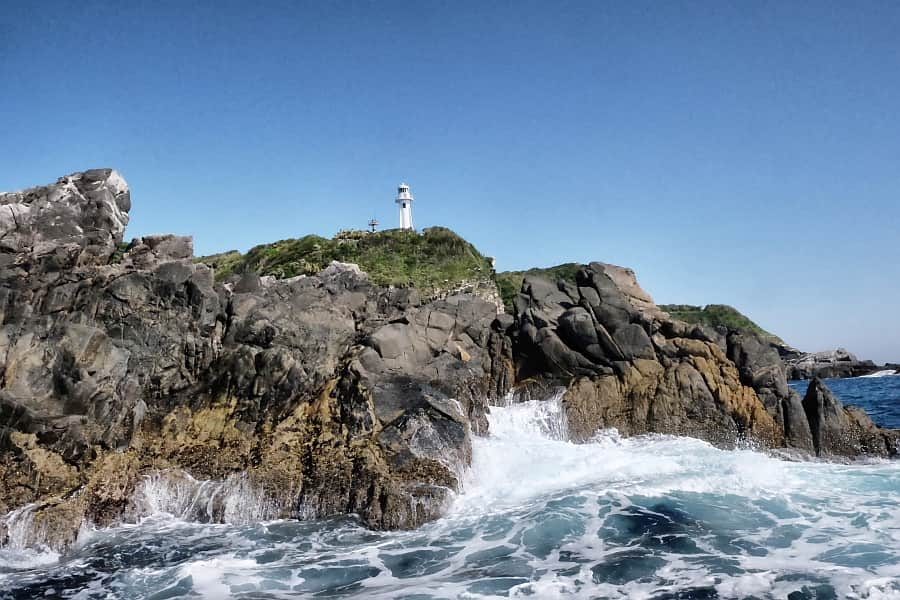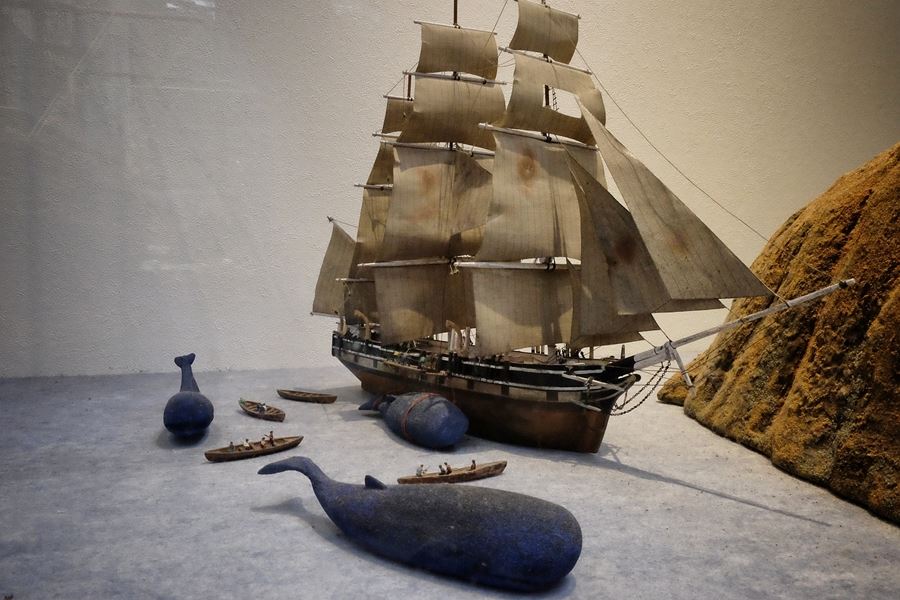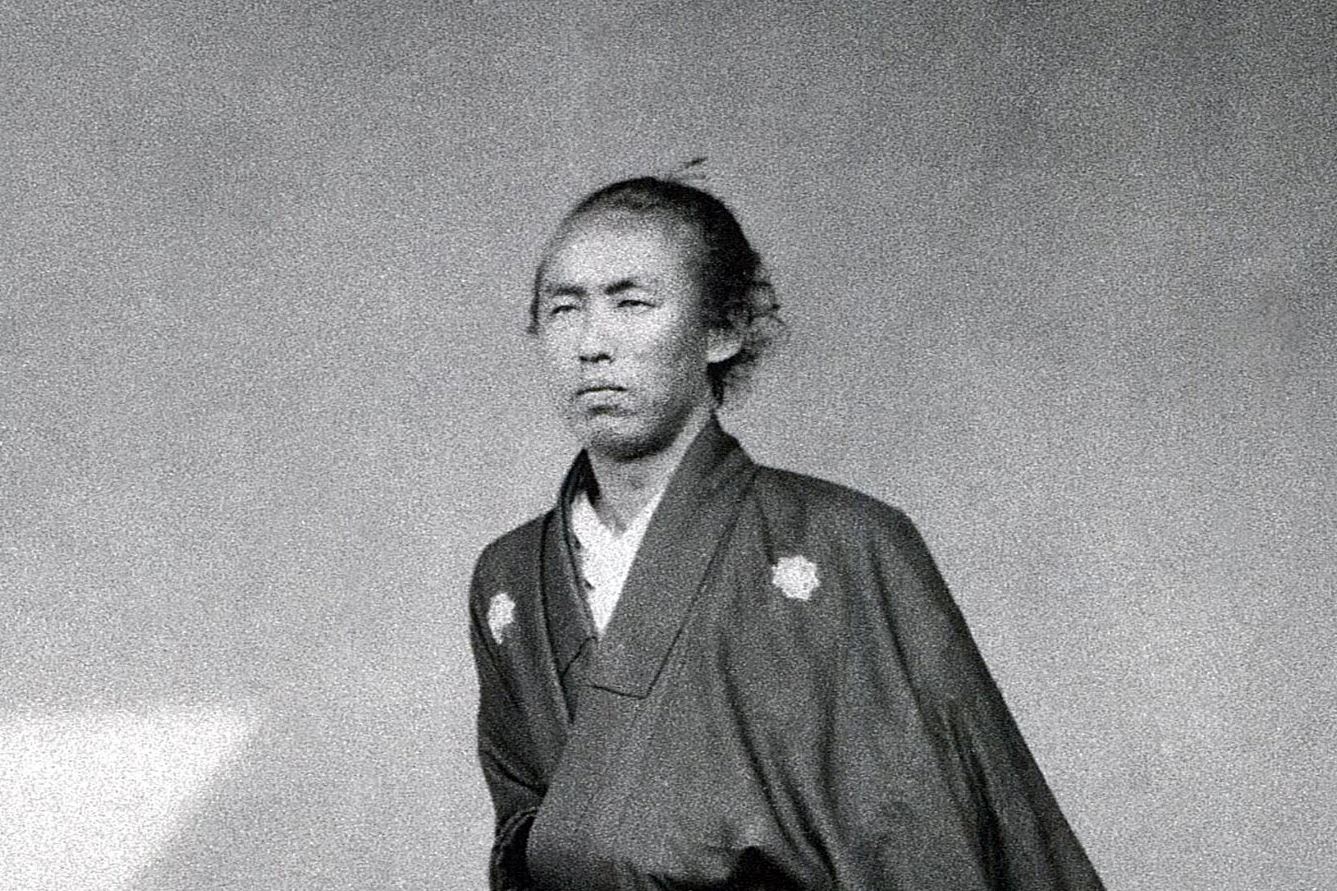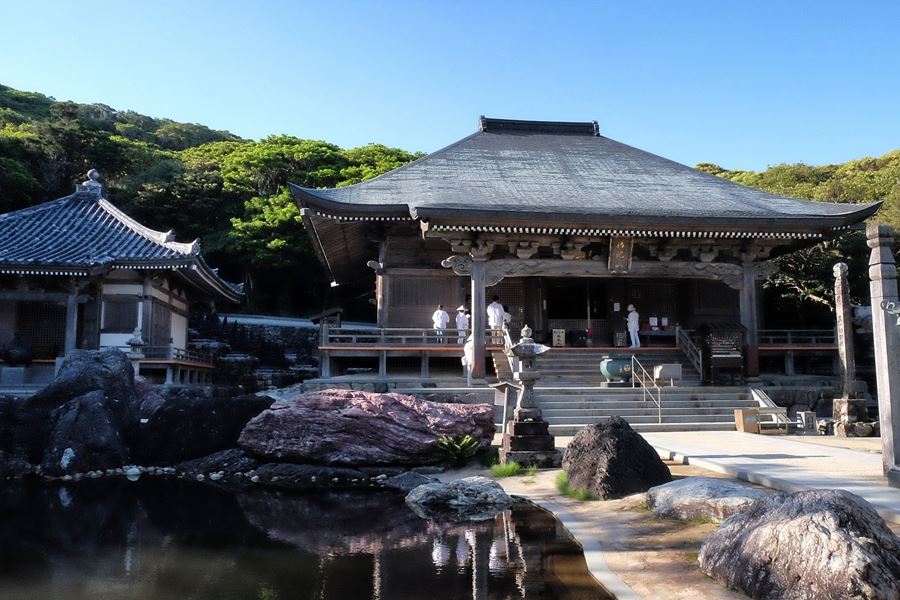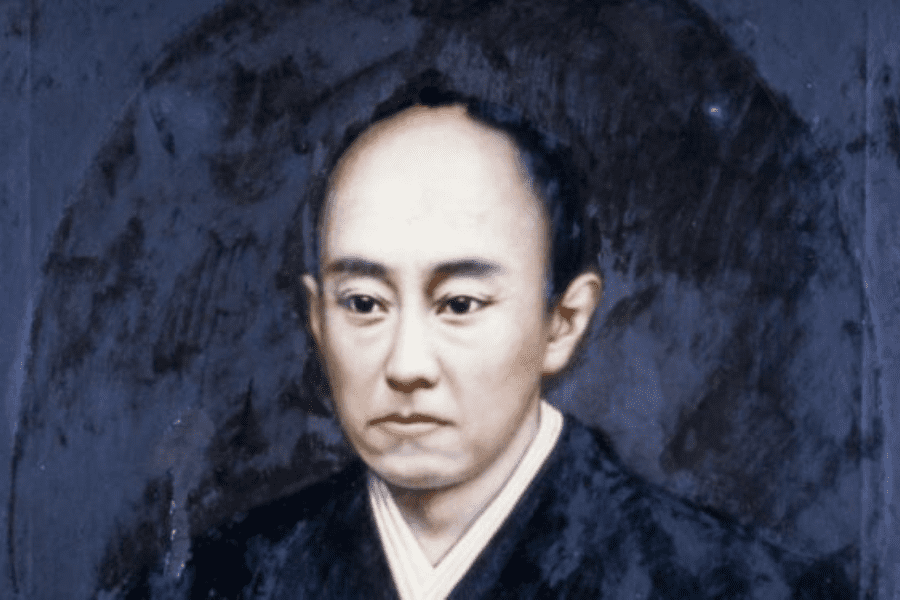Nakahama Manjirō
Home » Nakahama Manjirō
Nakahama Manjirō
Name In Japanese : 中濱 万次郎
Pronunciation : nakahama manjirō
Period : 1827 to 1898
Nakahama Manjirō, also known as John Manjirō or John Mung, was one of the first Japanese to visit America, and he played an important role in the opening of Japan.
Manjirō was born into a fishing family in Nakanohama, Tosa, today’s Tosashimizu, Kōchi Prefecture. At that time, in the late Edo period, Japan was still a feudal society, with travel outside one’s own fief and outside Japan strictly controlled, if not forbidden entirely. Visits by foreign nationals were also prohibited. The only foreign contact permitted was with Dutch and Chinese traders on the tiny island of Dejima in Nagasaki, and information about the outside world trickled into Japanese society through this opening. Manjirō’s life was deeply affected by this policy of seclusion, and his adventures contributed to its end and the opening of Japan.
As a simple fisherman, Manjirō didn’t even have a surname. In 1841, at the age of fourteen, Manjirō was fishing with four friends when a storm carried them to Torishima Island 600 km south of Edo. Several months later, they were rescued by the John Howland, an American whaling ship from New Bedford, Massachusetts, commanded by William Whitfield. At the end of the voyage, Manjirō’s four companions opted to be left in Honolulu, but Manjirō wanted to stay on the ship. By this time, he had received the name John Mung.
Captain Whitfield took him back to Massachusetts where he lived with a local family, studied English and navigation, apprenticed to a cooper, and then went whaling again. Eventually, Manjirō earned enough to take part in the California Gold Rush, where he made further financial gains, sufficient for him to contemplate returning to Japan.
Heading to Honolulu he found two of his earlier companions were willing to go with him. They left Hawaii on December 17, 1850 and reached Okinawa on February 2, 1851 where they were arrested and questioned. They were also required to tread on a bronze plate of the Madonna and Child to prove that they weren’t Christian. They were then allowed to return to Tosa, where more questioning was conducted. This resulted in a report dated 1852 called “A Brief Account of Drifting Toward the Southeast” by a Tosa court official report, containing illustrations by the official and Manjirō. During the course of his overseas career, Manjirō had navigated a significant portion of the globe, and he was given a pension by the Tosa authorities who were no doubt delighted to have access to this remarkable source of information.
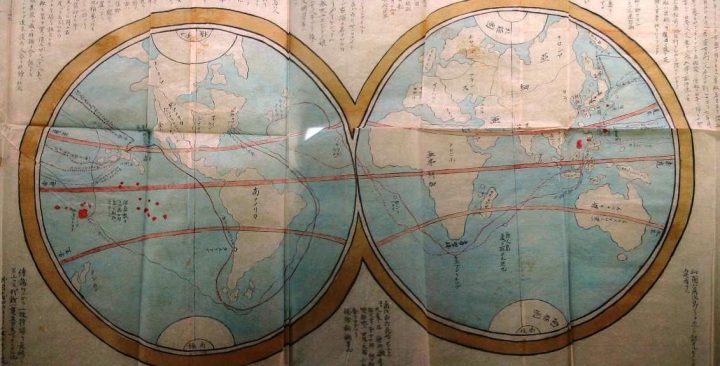
In 1853, the shogunal government got wind of this information, and Manjirō was called to Edo where he was made a samurai and required to take a surname. He chose Nakahama, after his home village. By this time, the Japanese were becoming aware of news from outside concerning the Industrial Revolution, the imperialism of Europe and America, and advances in medicine, and the feudal government was under pressure to reform. Revolutionaries such as Sakamoto Ryōma, also from Tosa, were inspired by Manjirō’s tales of personal freedom and scientific advancement. While inadvertently undermining the Shōgunate in this way, he used his knowledge gained in America to help modernise the government’s growing navy.
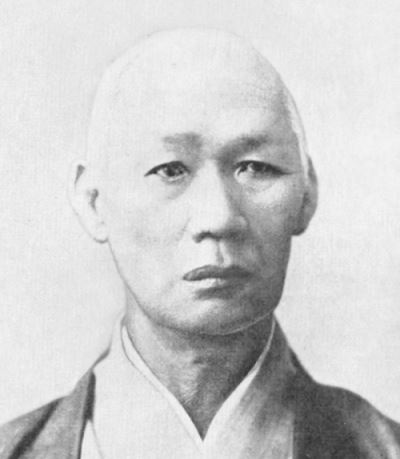
Later in 1853, Commodore Matthew Perry appeared in Tōkyō Bay with his Black Ships to force the opening of Japan. In these circumstances, Manjirō’s English ability was invaluable, and he served as an interpreter and translator for the Shōgunate in negotiating the Convention of Kanagawa, which gave foreign nations navigation and other rights.
In 1860, in the last decade of the Edo period, a delegation was sent to the US aboard the Kanrin Maru, Japan’s first screw-driven steam warship. Nakahama Manjirō went as interpreter, but on the voyage, his practical sailing skills proved invaluable when the inexperienced captain and crew succumbed to seasickness.
As a consequence of domestic and overseas pressure, the Shōgunate collapsed and was replaced by Imperial rule in 1868, marking the end of the Edo period and the start of Meiji.
In 1870, during the Franco-Prussian War, Manjirō studied military science in Europe. He returned to Japan via the United States where he received honours in Washington D.C., and visited the aged Captain Whitfield in Massachusetts.
Back in Japan, Manjirō taught English at Kaisei School, which later became the University of Tōkyō. He was married three times and had seven children. His grave in Tōkyō was destroyed by American bombing in WWII. There’s a statue of Nakahama Manjirō at Cape Ashizuri, and a fascinating museum in Tosashimizu. Minor planet 4841 Manjirō is named after him.
Related Tours

Experience the most beautiful and interesting temples of the Shikoku Pilgrimage in seven days.

A tour for families or friends, staying in the most characterful kominka and ryokan of Shikoku.

Visit the most beautiful and interesting temples of the Shikoku Pilgrimage and walk the toughest trails.

